Table of Contents (click to expand)
The main parts of a computer cabinet are the processor, motherboard, hard drive, and power supply. The processor is the most important part of the cabinet, and the motherboard is the board that takes up most of the visible space inside the cabinet. The hard drive is the part of the computer that holds all your files, and the power supply is the part of the cabinet that supplies power to every single component within the cabinet.
These are the main parts/components of a computer cabinet/tower:
- Processor
- Motherboard
- Hard drive
- Power supply
These are the biggest, most obvious parts you see when you open the computer cabinet.
The very fact that you are reading this post probably means that you are familiar with computers. Take a look around, and you will almost instantly find a computer device in one form or another, be it a smartphone, a tablet, a laptop, or a desktop computer.
Computers are indeed getting smaller and smaller and smarter and faster in their functioning. Nevertheless, you can find many people desperately holding onto their desktop computers.
If you own a desktop computer, you know the elongated box that usually sits right next to the monitor very well. In everyday language, it’s called “tower,” “cabinet,” or “CPU” (the last one is technically incorrect).
But have you ever looked inside the cabinet? Do you know what’s actually in your computer cabinet?
Key Parts Of A Cabinet
First of all, it is highly advisable to take the right precautions before opening the computer cabinet. If you are not sure how to do this, ask someone to help you.
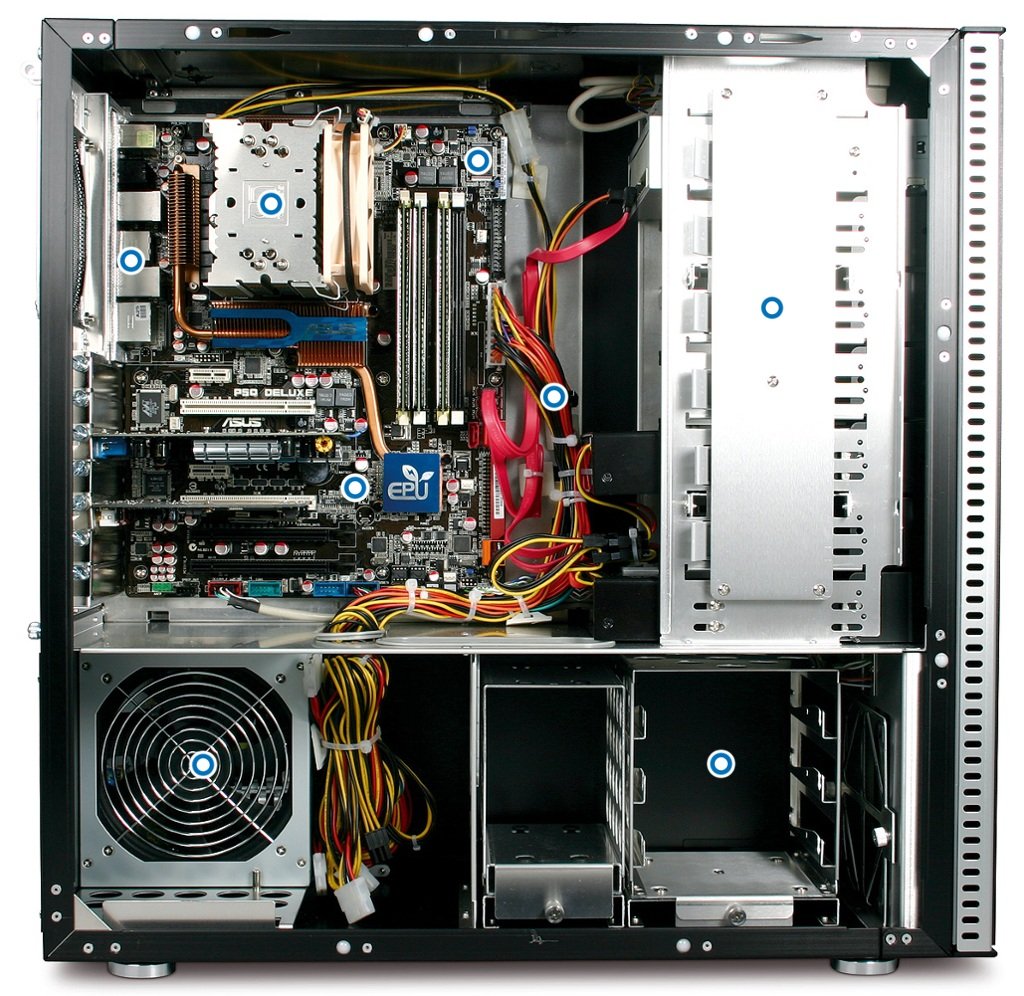
Inside the cabinet, you can expect to see some machinery and a decent number of wires and plugs of various sizes crisscrossing all over.
However, don’t let that give you the impression that it’s something too complex to be understood; if broken down (figuratively, that is), a computer tower consists of five major components:
Processor
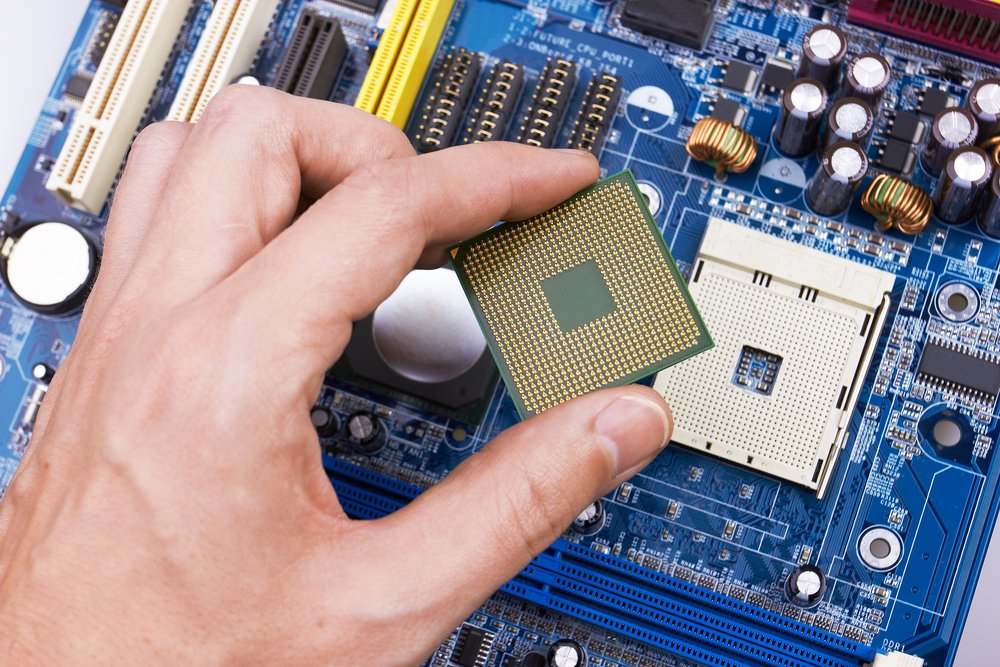
Also referred to as the CPU – Central Processing Unit, this is the most important part of the cabinet. This is where everything you do on your computer is processed.
However, you will not be able to see it at first glance when you open the cabinet, as normally, a fan and a heatsink are attached to the processor to ensure that it does not overheat.
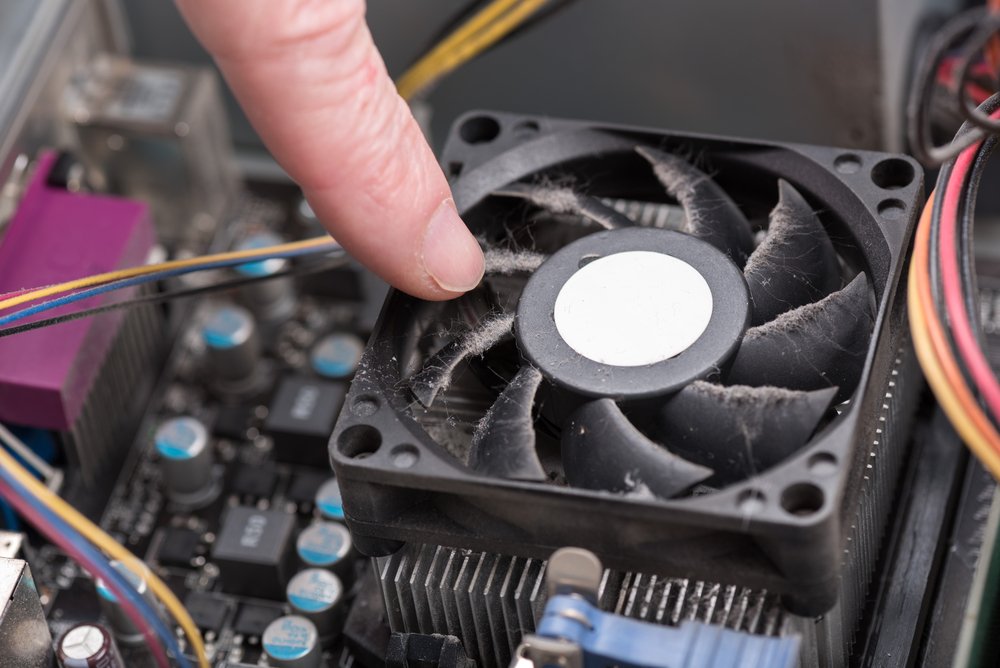
Intel and AMD are two leading processor manufacturers, which bring new variants of existing processors to the market every few months.
Do the names Pentium, Core i5, and Athlon sound familiar?
Motherboard
This is a board that takes up most of the visible space inside the cabinet. It is also called a mainboard, mobo, MB, system board, etc., and forms the basis of every computer.

The motherboard supplies power to the processor, RAM, hard disk, and other hardware components. It houses every wire and connector you can see inside the case. It also houses the famous RAM (Random Access Memory), also known as primary memory. The motherboard also houses other important components such as a graphics card, LAN card, etc.
Now you know why it’s known as the “parent body”… it takes care of everything!
As with processors, manufacturers bring out different variants of motherboards to accommodate different functionalities; a particular processor is only compatible with certain motherboards, and vice versa.
Hard Drive
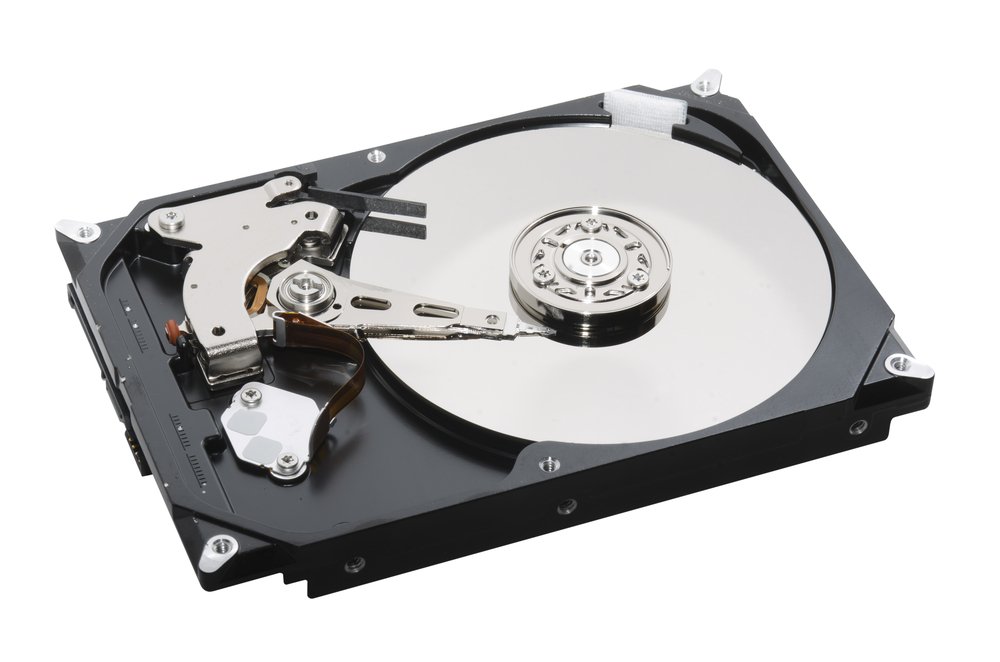
This is the part of the computer that holds all your childhood memories and your exclusive song list in the form of huge files. It is usually built into a slot above the motherboard. It typically measures between 2.5 “and 3.5” and weighs a few pounds.
Here, all the information is stored permanently and can be accessed, modified, or deleted if needed. A virus attack can negatively affect a hard drive.
Not surprisingly, people are absolutely obsessed with protecting their hard drives; it’s like a bank safe for your computer!
Power Supply
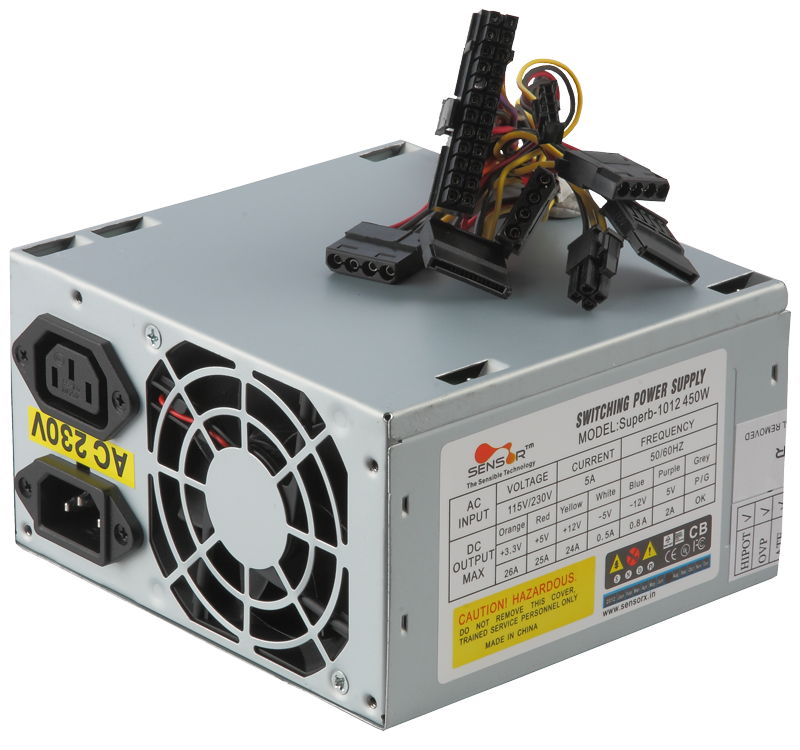
Also known as the SMPS – Switched Mode Power Supply, or PSU – Power Supply Unit, is the part of the enclosure that supplies power to every single component within the enclosure. It converts an alternating current of 220-230 V into a direct current that the computer can use. It is normally located in the upper corner of the enclosure and is equipped with a small fan to prevent overheating.
There are also other parts in the cabinet, such as a floppy drive into which you insert your CDs and DVDs, an expansion card, and many wires. Still, these five components are the most important you will find in any computer tower, and they are easily recognizable.
Also Read: How Does Dust Affect Your Computer’s Performance?
A Word Of Caution
If you open your cabinet after a really long time, the first thing you might expect to lay your eyes on is a lot of dirt and cobwebs (probably).
Computer towers tend to attract dust particles due to the presence of fans. If they are not cleaned for a long time, their interior will become quite dusty.
Of course, it is a good idea to clean your computer tower regularly. Even if you are not sure how to open the cupboard, it is always better to ask more experienced people who can help you safely explore and clean the interior of your computer tower.
Also Read: Why Are Graphic Cards Installed In The Computer Tower (Cabinet) Instead Of The Monitor?
How much do you remember about CPUs?

